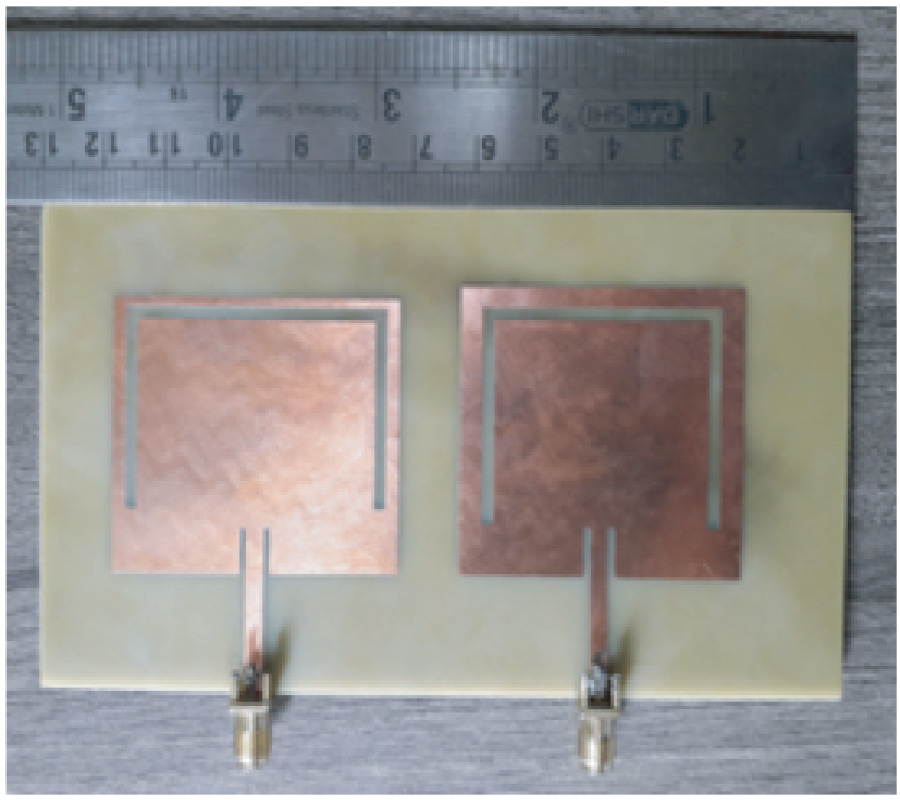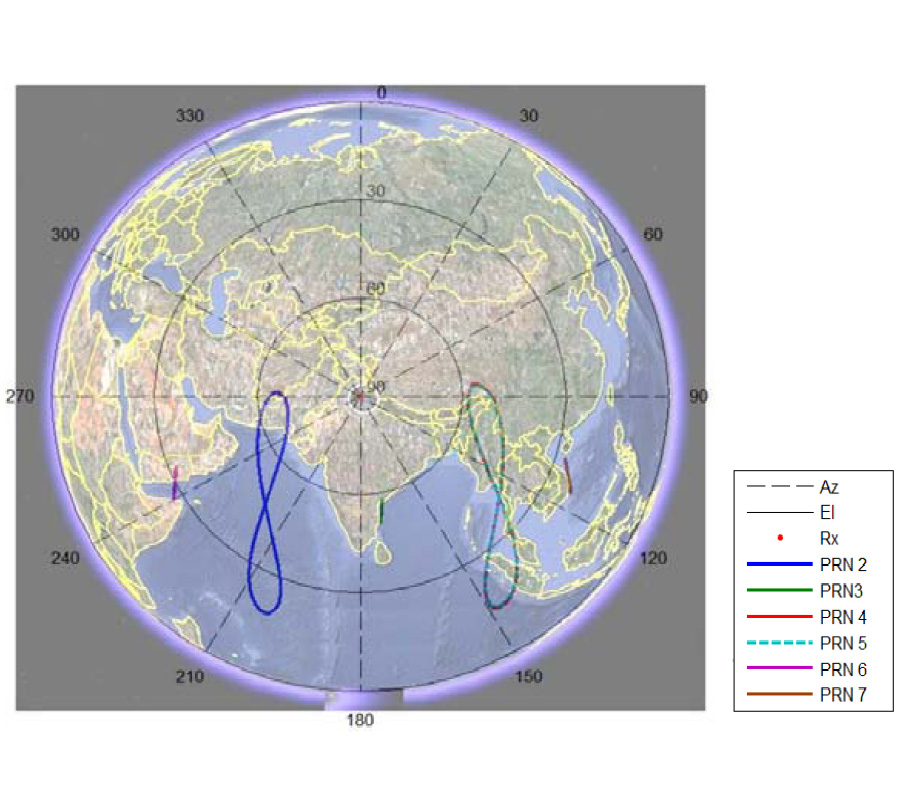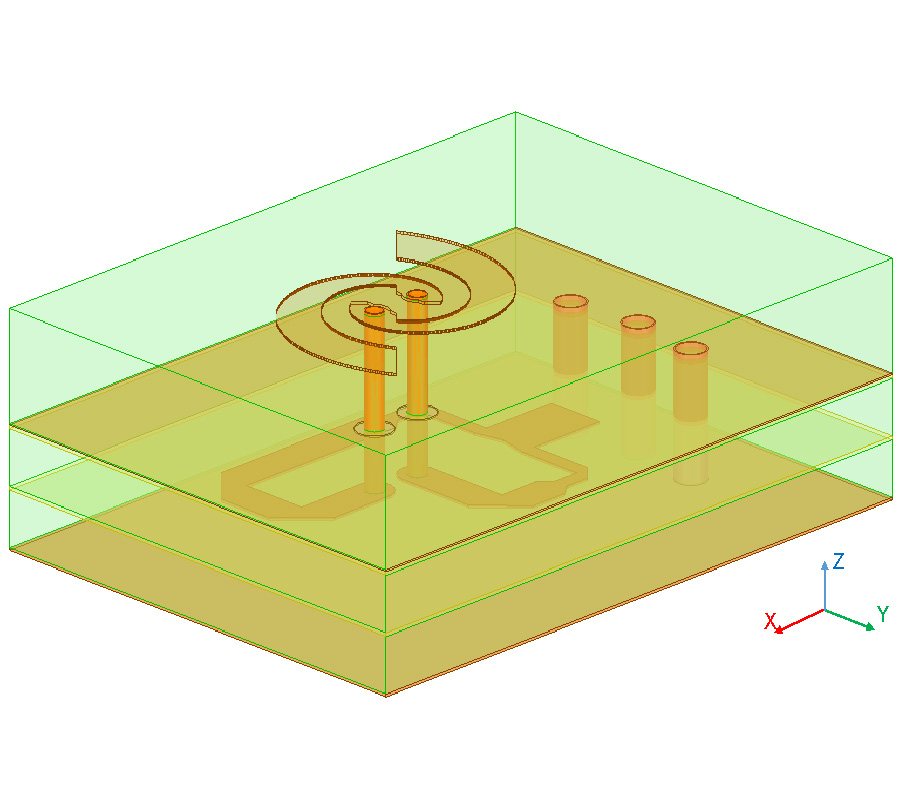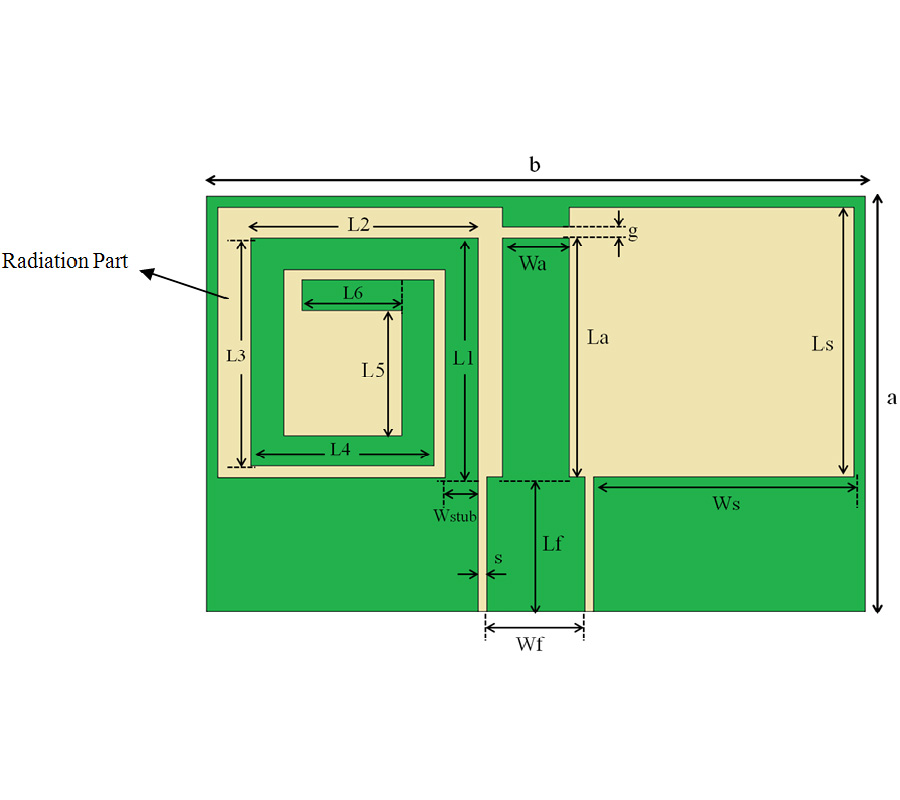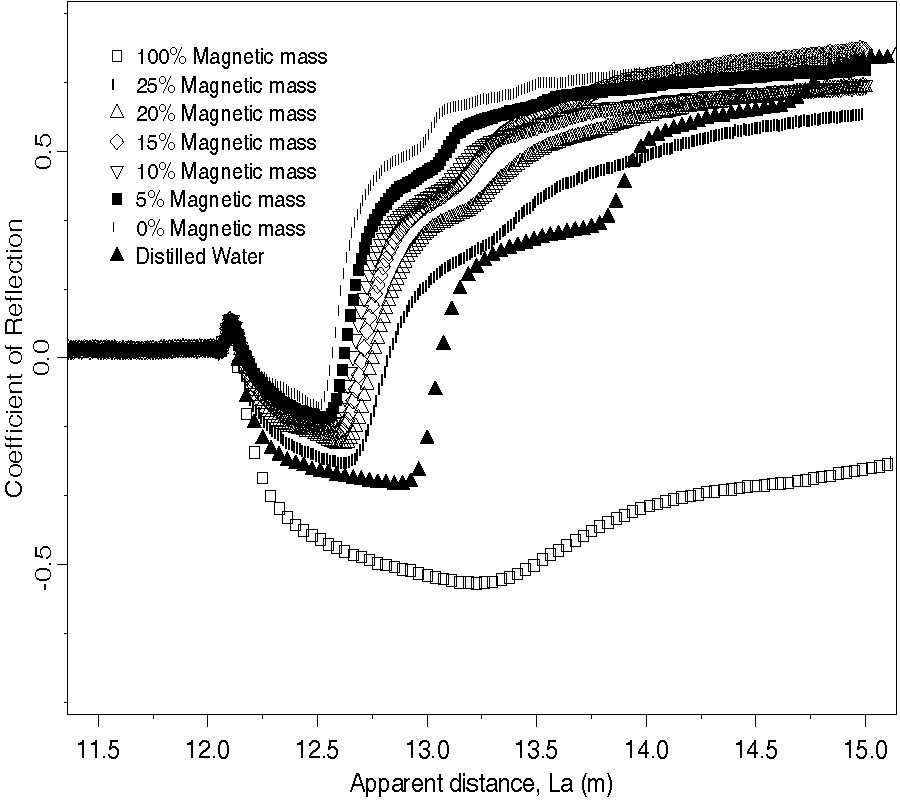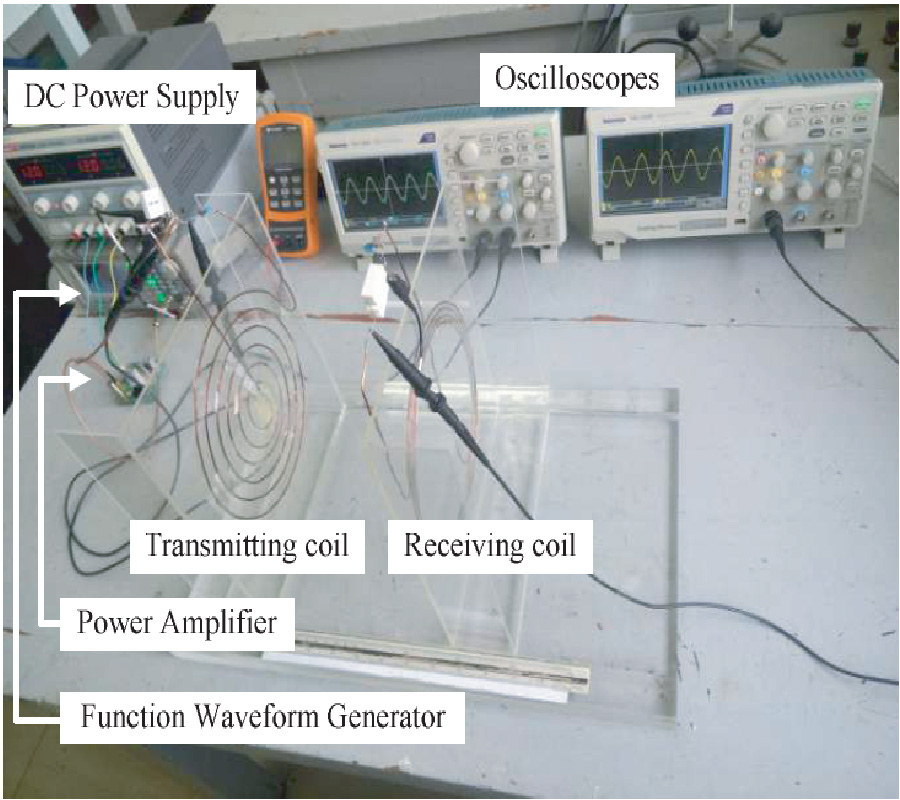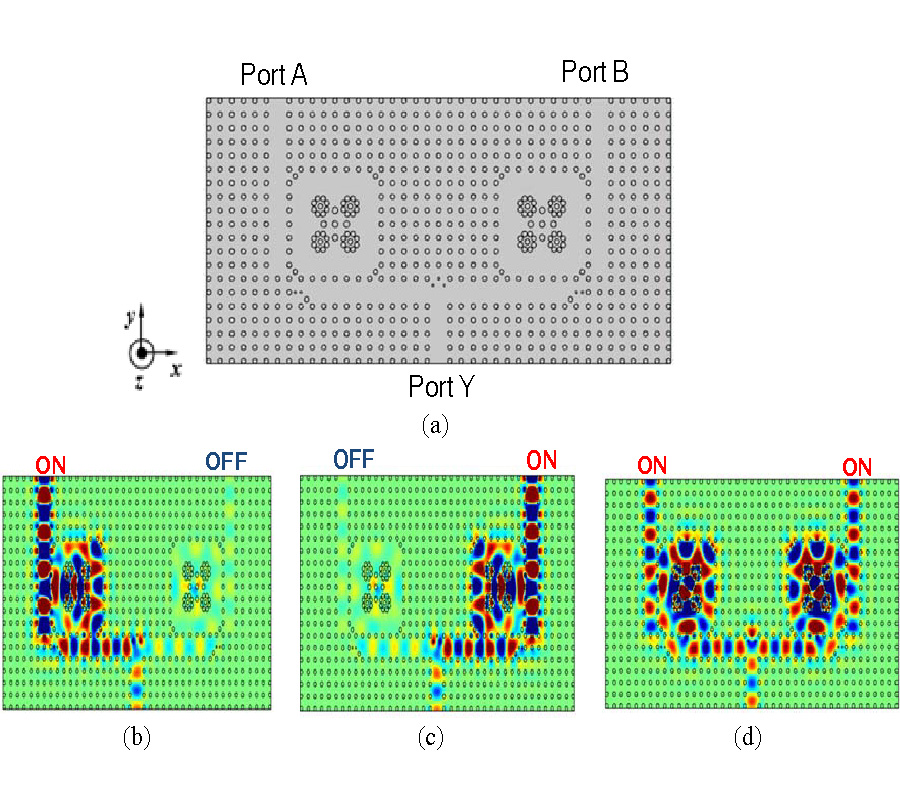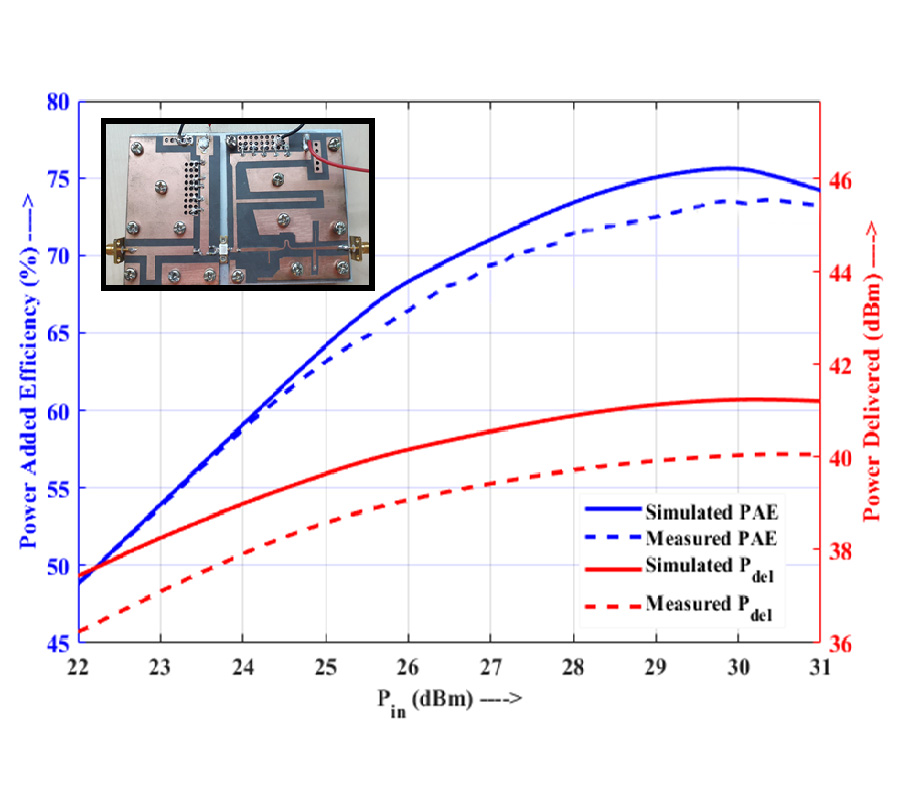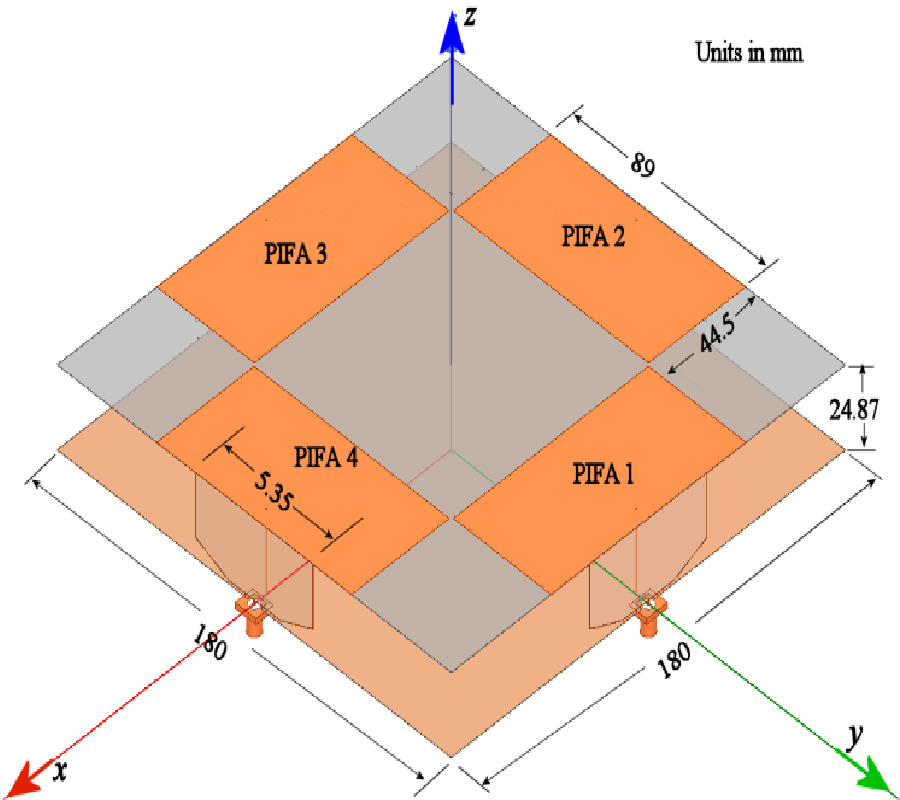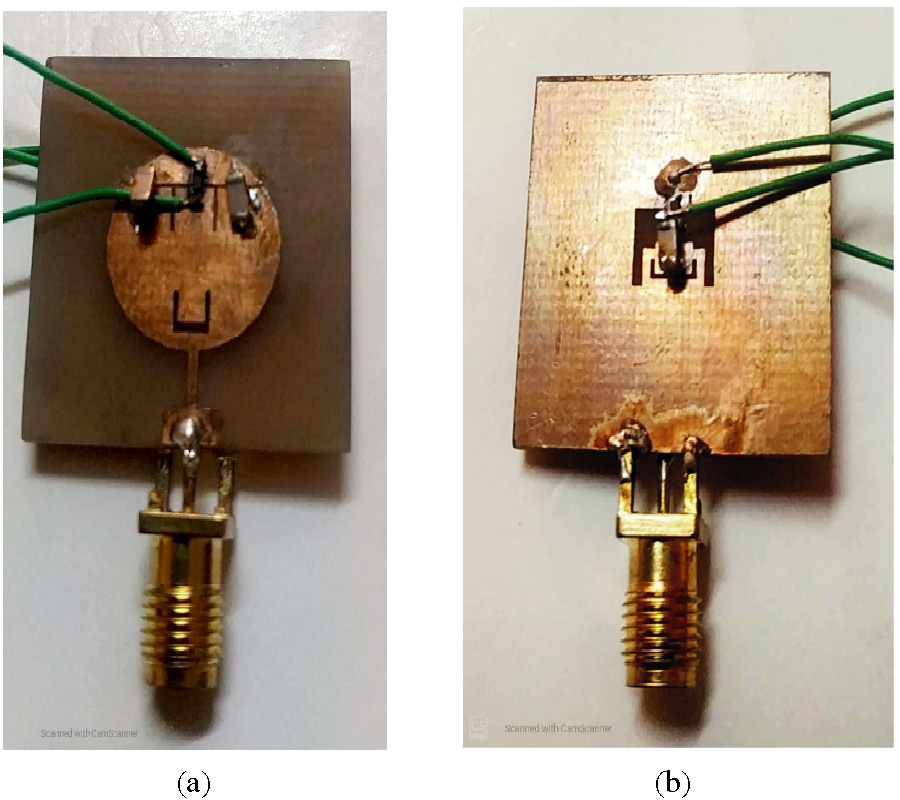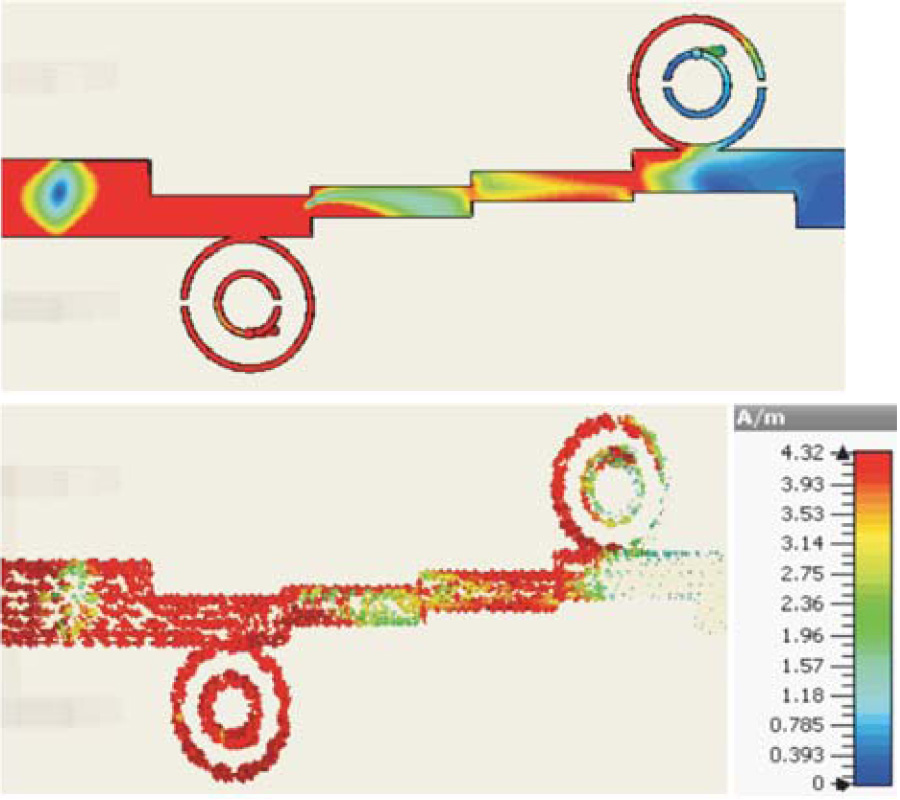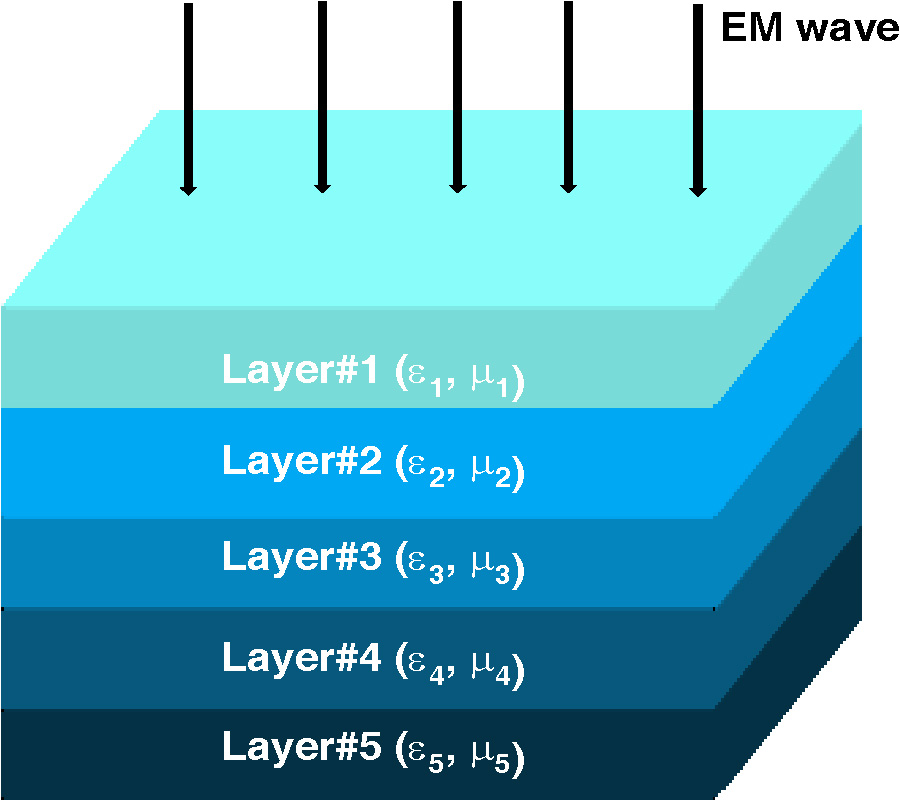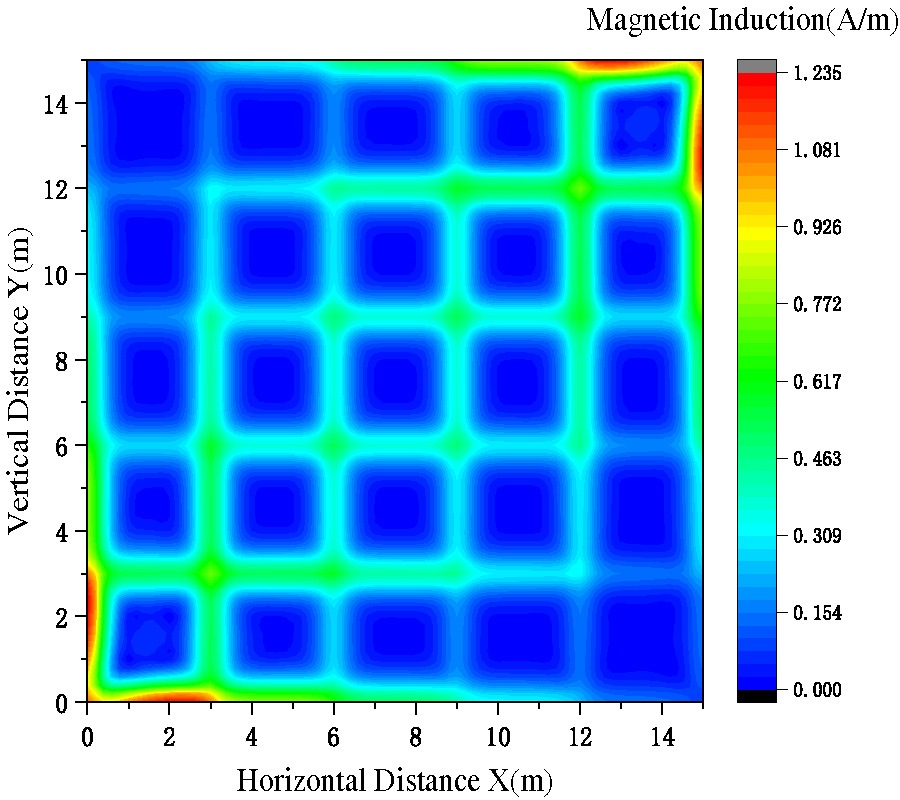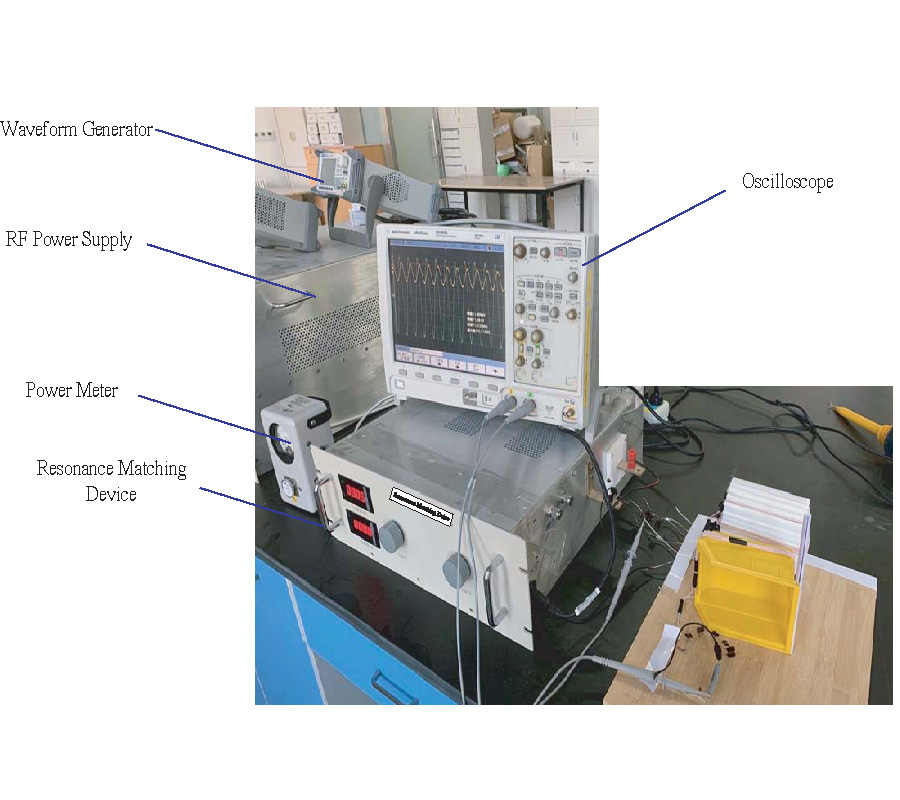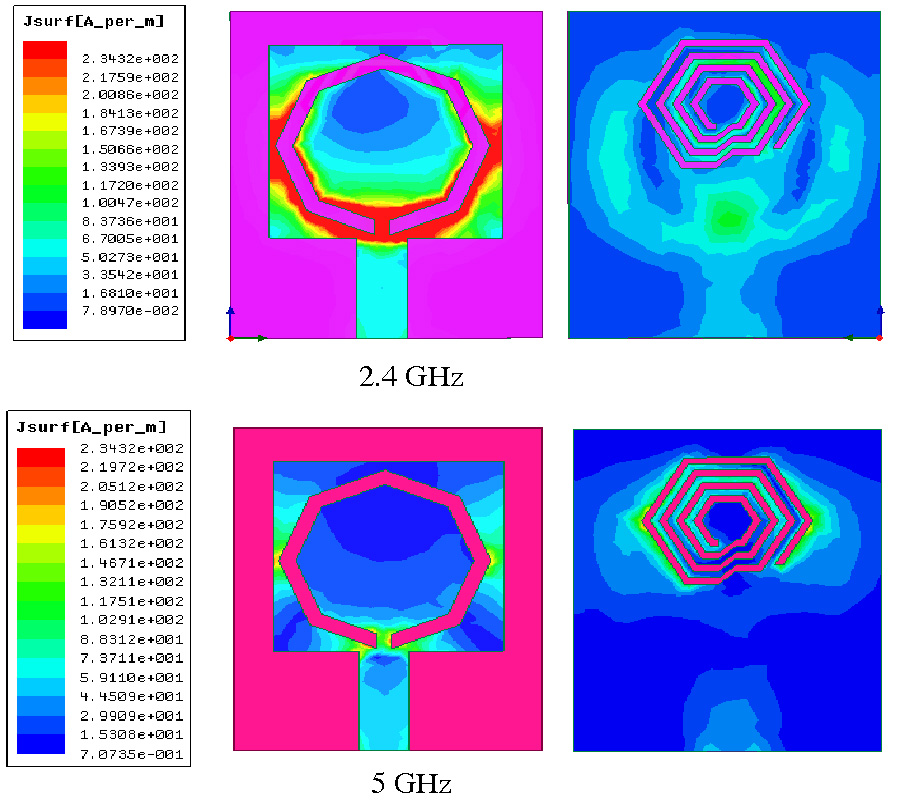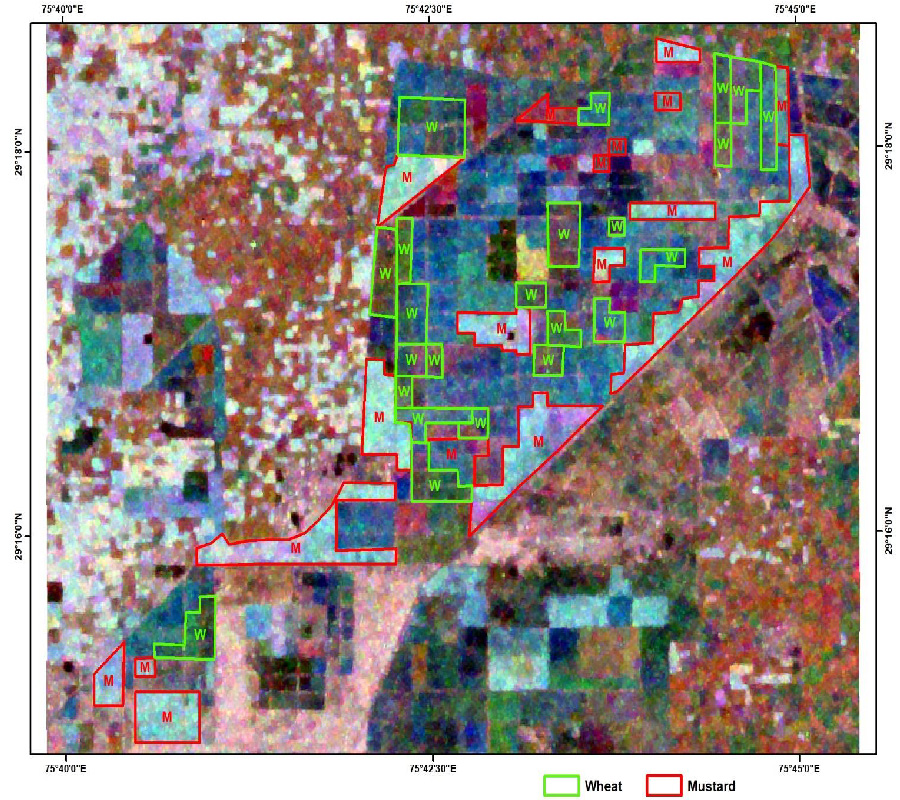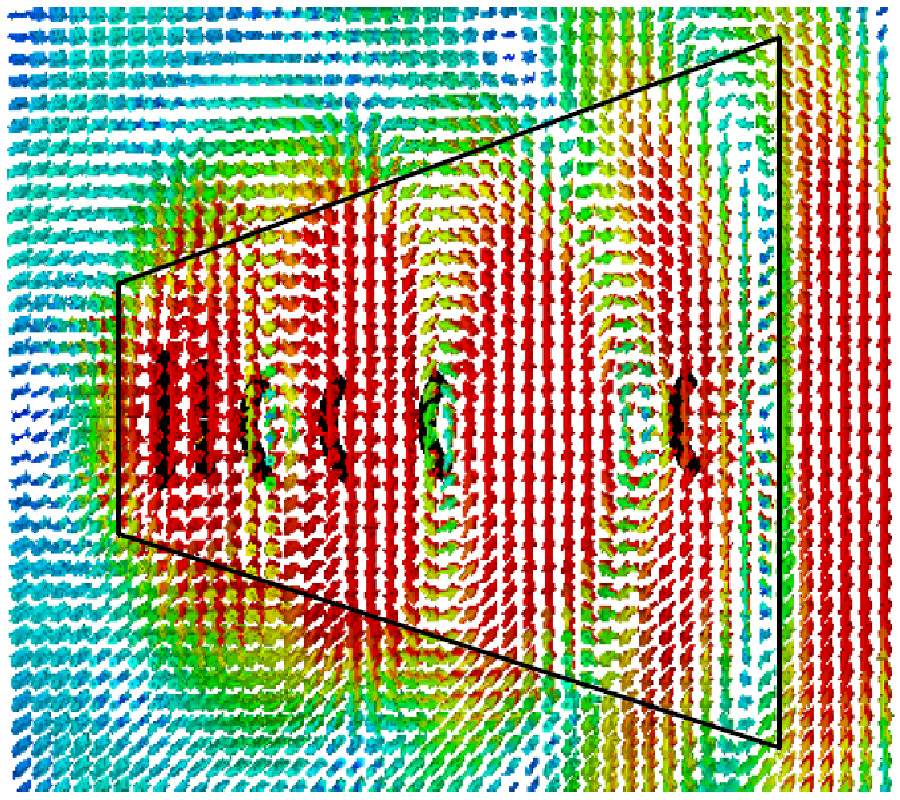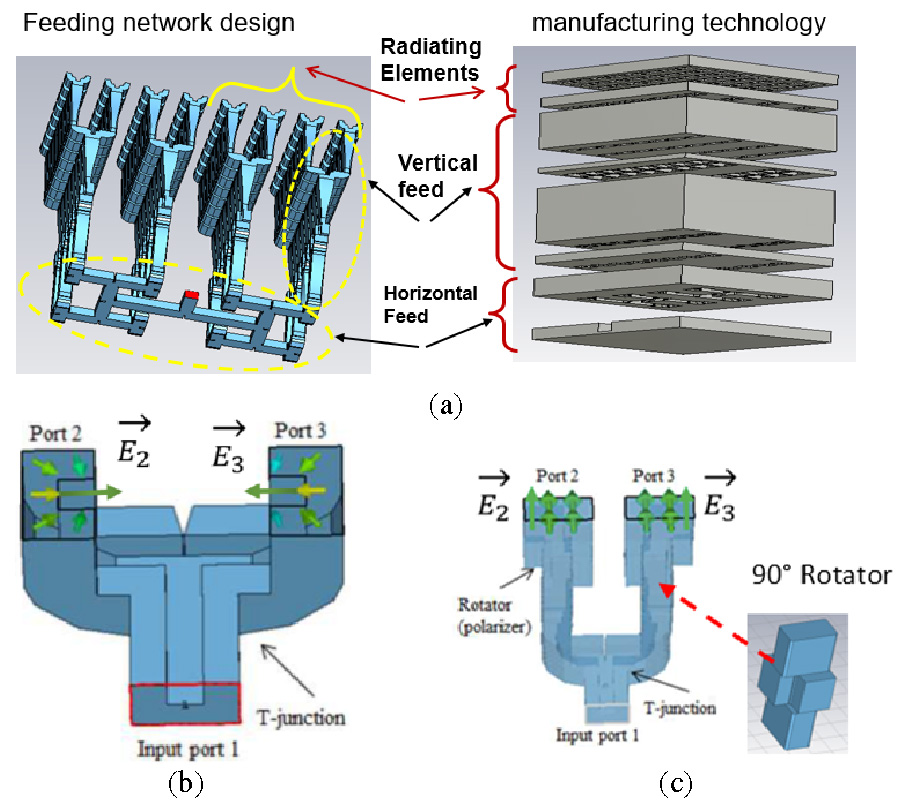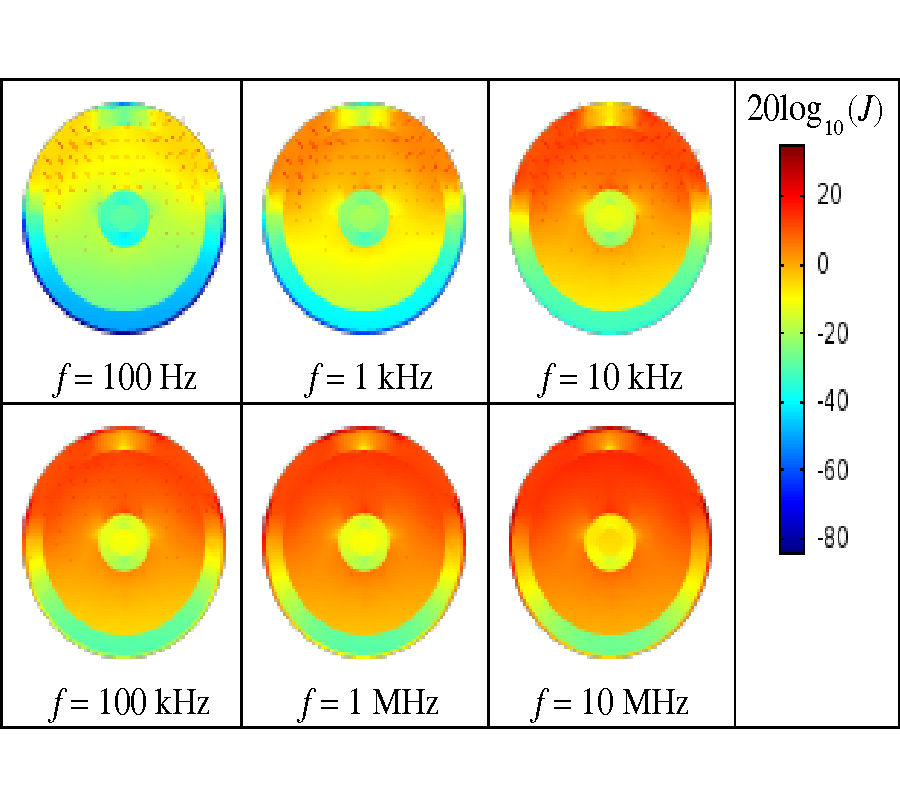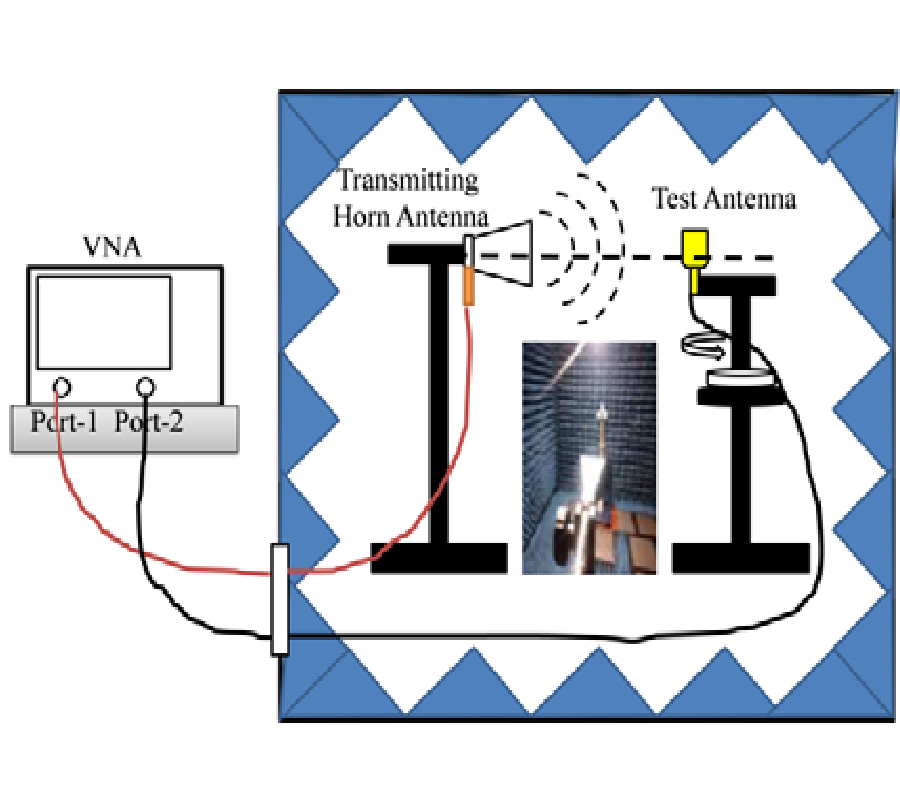A Hybrid Multi-Port Antenna System for Cognitive Radio
Rajeev Kumar Parida,
Rashmirekha Kalyani Mishra,
Nihar Kanta Sahoo,
Arjuna Muduli,
Dhruba Charan Panda and
Rabindra Kishore Mishra
This paper proposes a hybrid, compact, low profile, and multi-port antenna system for Cognitive Radio (CR). This system consists of a CPW fed sensing UWB monopole (2-11 GHz) and three NB antennas, out of which one is standalone (7.355 GHz); one is dual-band (5.834 GHz and 8.786 GHz); and the other is reconfigurable (3.863 GHz, 4.664 GHz, 5.2 GHz, and 6.13 GHz) using switching mechanism. This antenna system exhibits less than -15 dB isolation over the operating band. The system is simulated using CST Microwave Studio, and a prototype is fabricated to verify the results. The simulated results are in good agreement with measured ones. The proposed antenna is suitable to operate in C-band, ISM/WLAN/Military application, mid-band 5G, maritime radio navigation, X-band satellite communication, and public safety wireless communications.
